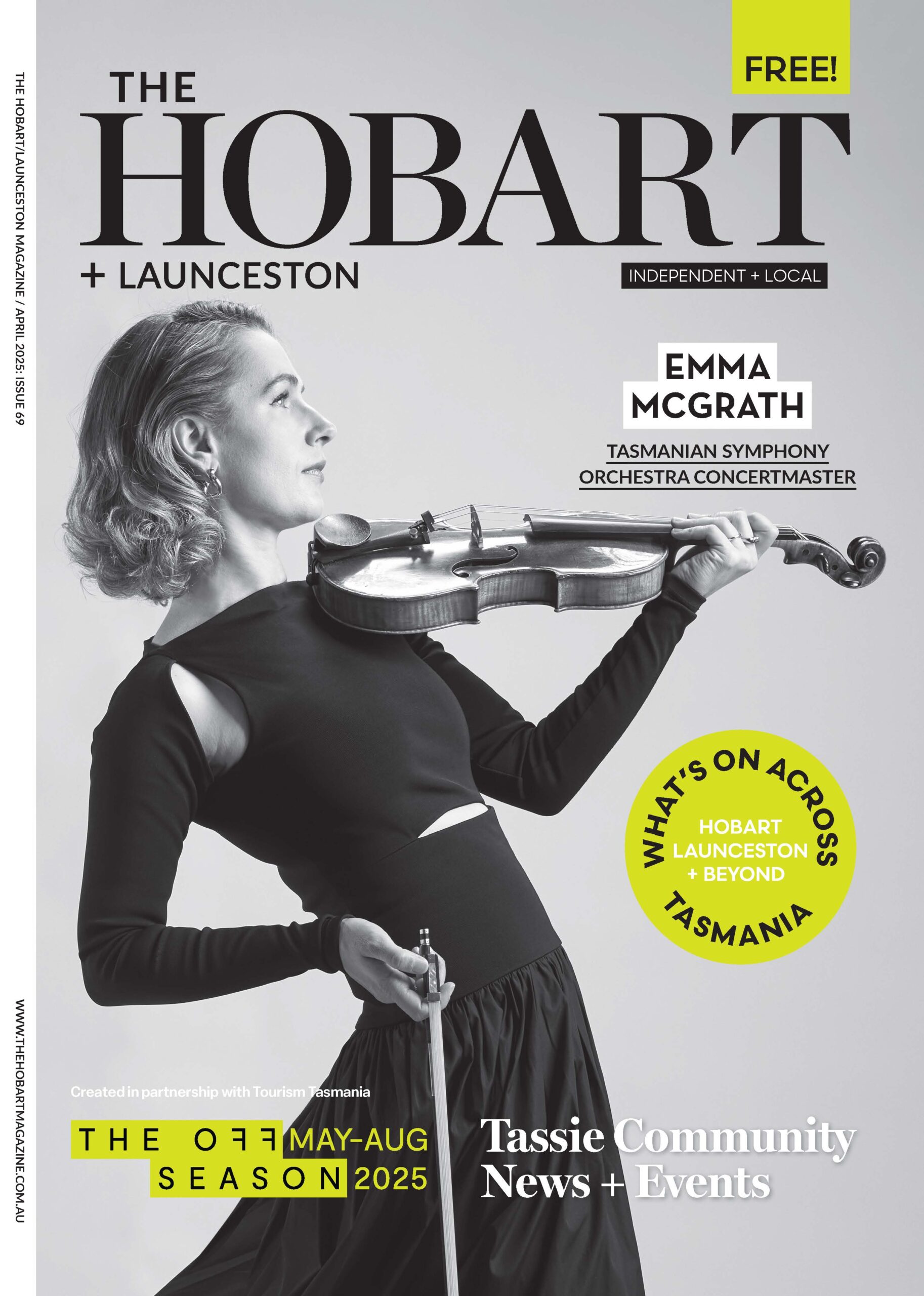Things That Go Bump In The Flight- Overcome The Fear Of Flying
by Genevieve Morton

Does a fear of flying stop you from venturing off the island? Many Tasmanians battle with flight phobia – overwhelming anxiety experienced on take-off, during turbulence or simply at the thought of being up in the air.
A fear of flying reportedly affects up to 6.5% of the population. A recent report found young people are most affected – up to 17% of travellers under 30 have aviophobia while only 4% of those aged over 60 experience it.
It may start with an increased heart rate and rapid breathing, shaking, sweating and fearful or catastrophic thoughts.
Hobart Psychologist Kate Savage says people with aviophobia often fear they will have a panic attack mid-flight.“They’re thinking; I might have a panic attack and look foolish – what if I need to get off the plane but can’t?” she says.
“Anticipatory anxiety is usually a big part of the problem for people phobic of flying. They have fearful thoughts, that something terrible will happen.”
She says the best techniques for coping include breathing exercises and meditation – which takes practice. Don’t avoid flying – just better prepare yourself. ■
PREPPING FOR YOUR NEXT FLIGHT . . .
Take a deep breath
Meditation and breathing exercises should be practiced weeks or months before a flight, Kate says. “It should be helpful in generally reducing anxiety as well as being helpful on the flight itself.” Put your headphones on and listen to white noise or nature sounds to block out the sounds of passengers and the plane. Deepen your breathing to expand your lungs and stomach. Control your breathing and try meditative breathing exercises as soon as you take a seat in the plane.
Skip the coffee – and don’t rush to the airport
Caffeine increases your heart rate, making a panic attack more likely when faced with an anxious situation. Chamomile tea is a better option. Taking your time, arriving at the airport early and being well prepared will help too.
Value each flight
Each flight gives you another chance to make the next one easier. “Exposure therapy is a well established treatment for anxiety disorders and while this is difficult, compared to other situations like driving where people can practice small tasks daily, gradual and frequent exposure works best,” Kate says.

